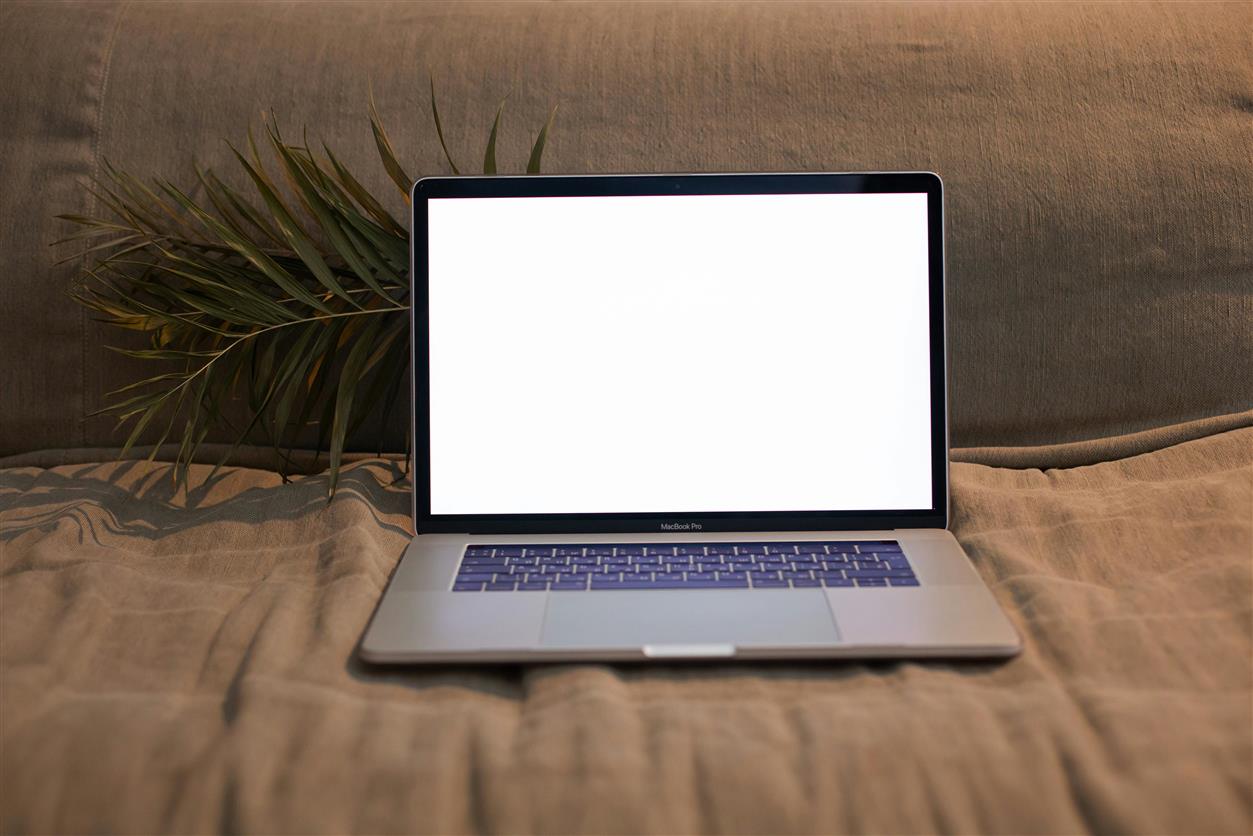
In a time when phones rarely leave our hands and notifications buzz us into a constant state of awareness, digital minimalism has emerged as a compelling countercurrent. It’s a concept that calls for intentionality in how we engage with technology—less screen time, fewer apps, and more focus. But is this really feasible in a world where staying connected is practically a social and professional requirement?
Digital minimalism doesn’t suggest abandoning technology. Rather, it proposes a shift in how we relate to it. Instead of allowing tech to dictate our attention, it encourages us to decide what tools are truly valuable and eliminate the digital clutter that chips away at time, focus, and mental clarity.
Understanding Digital Minimalism
At its core, digital minimalism is a philosophy that prioritizes digital quality over quantity. It’s about choosing meaningful engagement with a few tools rather than spreading oneself thin across a dozen platforms. Popularized by author Cal Newport, the approach suggests that technology should serve specific purposes in our lives—rather than become an ever-expanding presence that dilutes attention and well-being.
The minimalist model calls for users to ask: Which apps genuinely improve my life or work? Which online habits feel more compulsive than constructive? What would I regain—time, concentration, peace—if I scaled back?

The Price of Constant Connectivity
Few would argue that modern technology hasn’t improved convenience. Work can be done from anywhere. We can talk to friends on the other side of the world. Entertainment is always available, and knowledge is just a few keystrokes away.
But the downsides are increasingly hard to ignore. The average adult spends around 6–8 hours per day on digital devices outside of work obligations. Many of those hours are spent not on enriching tasks, but on algorithmically-designed scrolling: Instagram reels, YouTube rabbit holes, and the endless refresh of news feeds.
This constant drip of distraction comes at a cost. Research links excessive screen time to anxiety, sleep disturbances, attention issues, and lower productivity. Social media platforms, by design, are meant to keep us engaged—sometimes at the expense of our emotional health. The comparison trap, the pressure to respond, the sense of being “always on”—these things quietly shape how we live and how we feel.
The Appeal of Scaling Back
Digital minimalism appeals precisely because it offers an antidote to this overstimulation. It suggests that we can take back control. That instead of being reactive—jumping at every ping and swipe—we can become more deliberate.
Adherents to this lifestyle often report improved mental clarity, stronger in-person relationships, and a deeper sense of time. They aren’t Luddites. Many are professionals who use the internet daily. What distinguishes them is their discipline. They might check email at set times, limit social media to one platform, or delete apps that offer little value. The goal isn’t withdrawal—it’s better balance.
Practical Challenges in a Connected Economy
Yet digital minimalism is not without its hurdles. For many, being online is not optional—it’s required. Remote workers rely on Slack, Zoom, and Google Docs. Artists and entrepreneurs grow audiences through Instagram and TikTok. Even schoolchildren now depend on tablets and learning apps.
In this climate, cutting back can feel like opting out of modern life. There’s also social pressure. Choosing not to respond immediately or exiting a group chat may be seen as rude. Being absent on social media can raise eyebrows. We’re expected to be available, reachable, and aware.
And the design of the platforms themselves resists minimalism. Notifications are persistent. Feeds auto-refresh. Algorithms adapt to keep you engaged. You don’t just quit scrolling; you swim against a stream designed to pull you deeper.
Strategies for a Healthier Digital Life
Still, many have found ways to implement digital minimalism within a modern lifestyle. It often starts with a “digital declutter”—a month-long reset where non-essential apps are removed and only gradually reintroduced with purpose. During this time, users explore analog hobbies, read physical books, or spend more time outdoors.
Others take a more moderate approach. Turning off non-essential notifications, setting screen time limits, using grayscale mode, or scheduling phone-free hours each day. Some designate Sundays as “offline” days or avoid screens before bed.
Workplaces are also adjusting. Some companies now promote “deep work” blocks where messaging tools are paused, encouraging employees to focus without interruption. Others provide mental health days that include digital detox time.

Is Digital Minimalism Elitist?
A fair critique is that digital minimalism sometimes assumes privilege. It’s easier to unplug when you’re not reliant on digital platforms for your income, education, or community. Not everyone can afford to step away from their phone for hours at a time. For some, it’s their only connection to work opportunities or essential information.
This is why any approach to digital minimalism needs to be flexible. It can’t be one-size-fits-all. For many, it won’t mean deleting every app—but perhaps adjusting notification settings, or designating intentional screen breaks throughout the day. Even small changes can bring noticeable shifts in focus and well-being.
A Cultural Shift?
There are signs that attitudes are beginning to shift. More people are expressing fatigue with the constant connectivity. “Doomscrolling” has entered the common lexicon as a symptom of online exhaustion. The rise of physical journaling, meditation apps, analog photography, and the return of flip phones among certain subcultures reflect a growing desire to disconnect from digital overload.
Even tech companies are starting to offer tools for restraint—screen time trackers, digital well-being dashboards, and app limiters. Whether these tools are effective or just symbolic remains up for debate.
Conclusion
In a hyperconnected world, digital minimalism may not be easy—but it is possible. It requires discipline, self-awareness, and often a willingness to push against cultural norms. But for those who practice it, the rewards can be significant: more time, deeper relationships, and a clearer mind.
Ultimately, the point isn’t to reject technology. It’s to use it more thoughtfully. In doing so, we may not only improve our personal lives—but reshape our collective digital culture into something less frenetic, and more humane.






